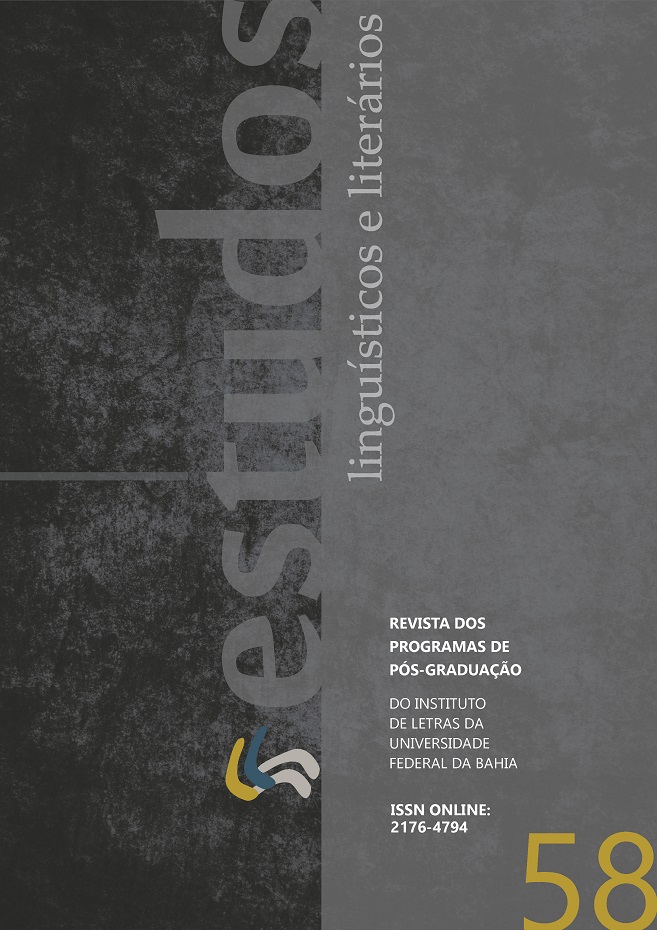WH-CLAUSES IN CLASSICAL PORTUGUESE: VERB MOVEMENT AND THE LEFT PERIPHERY | ORAÇÕES-WH NO PORTUGUÊS CLÁSSICO: MOVIMENTO DO VERBO E PERIFERIA ESQUERDA
DOI:
https://doi.org/10.9771/ell.v0i58.26803Palavras-chave:
Cartography, Generative Grammar, Syntax, V2. | Cartografia, Gramática Gerativa, Sintaxe, V2.Resumo
Within the generative literature on wh-interrogatives in Classical Portuguese, it is traditionally assumed that, in matrix clauses, this language shows generalized verb movement to the CP field (DAVID, 2016; KATO; MIOTO, 2005; KATO; RIBEIRO, 2009; LOPES-ROSSI, 1996). In this paper, we present further evidence which confirms such an analysis. Under a cartographic view of the CP layer (RIZZI, 1997, 2001, 2004), we show, however, that the verb does not occupy the same position in two types of wh-clauses, an aspect not discussed in the previous literature. Our proposal is that this difference is related to the fact that Classical Portuguese is characterized as a V2 language (ANTONELLI, 2011; GALVES; PAIXÃO DE SOUSA, 2017; GIBRAIL, 2010).
Resumo: No âmbito da literatura gerativista sobre interrogativas wh do português clássico, tradicionalmente se assume que, em orações matrizes, essa língua apresenta movimento generalizado do verbo para a camada CP (DAVID, 2016; KATO; MIOTO, 2005; KATO; RIBEIRO, 2009; LOPES-ROSSI, 1996). Neste artigo, apresentamos evidências adicionais que confirmam esse tipo de análise. Sob uma visão cartográfica do nível CP (RIZZI, 1997, 2001, 2004), mostramos, no entanto, que o verbo não ocupa a mesma posição em dois tipos específicos de interrogativas wh, aspecto este ainda não discutido na literatura. Nossa proposta é que essa diferença se relaciona ao fato de que o português clássico se caracteriza como uma língua V2 (ANTONELLI, 2011; GALVES; PAIXÃO DE SOUSA, 2017; GIBRAIL, 2010).


